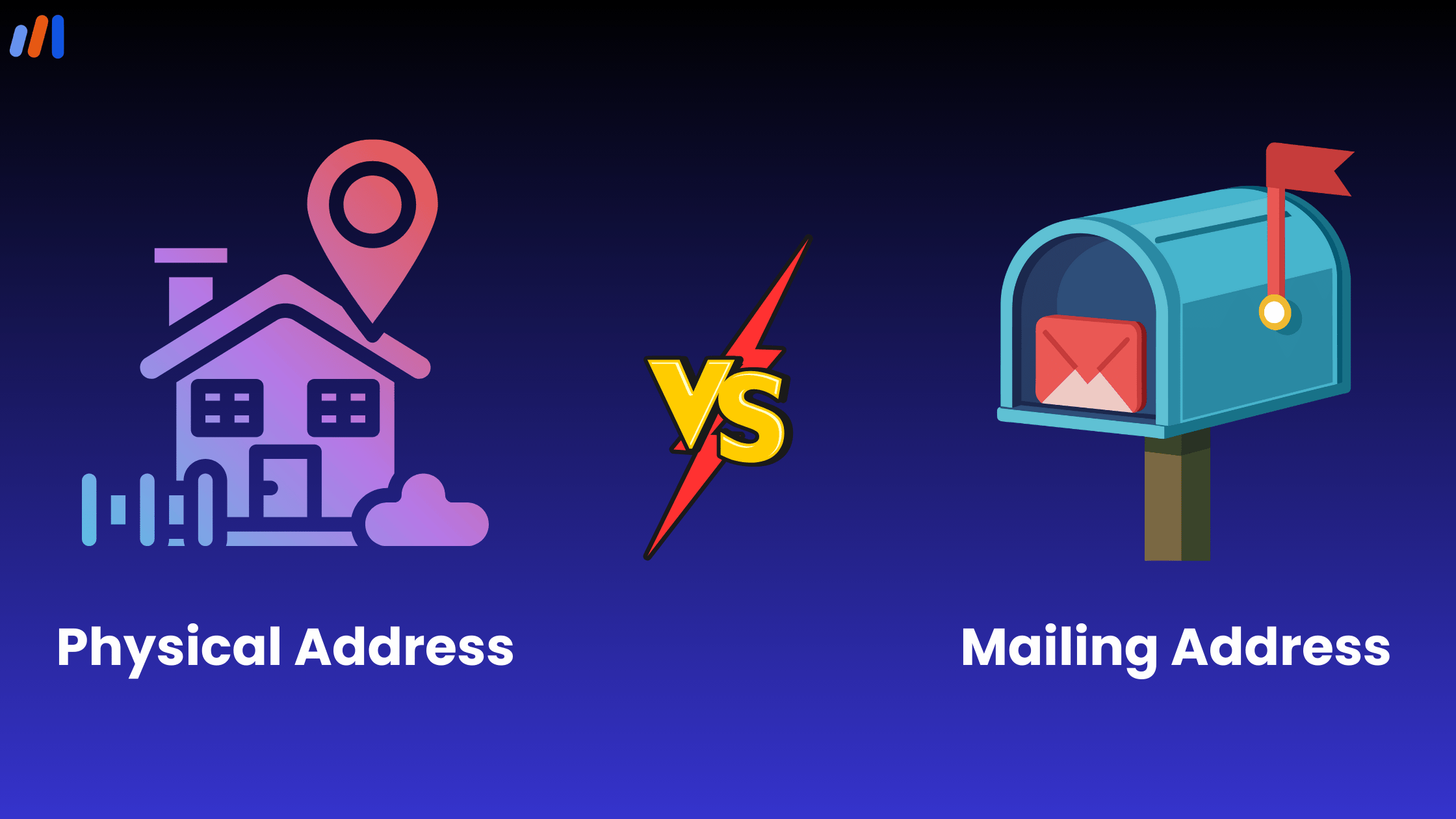For businesses looking to pool together their resources, and efforts, and extend their scope, merging two Limited Liability Companies (LLC) demonstrates a strategic move towards achieving such goals.
However, in contrast, they entail proper planning and adherence to legal requirements, approval from the relevant authorities, and in-depth management during and after the merger to avoid inefficiencies and hitches associated with business mergers.
Merging two or more LLCs involves the unification of assets, liabilities, and ownership structures of the two companies into one surviving company, the surviving LLC. The writing will present clear and understandable steps to merge two LLCs, starting with state requirements and the final trace steps such as the updating of business records and tax obligations.
In case you want to merge for either expansion or a simple conclusion of management, these steps will save you time and resources during the procedure.
Step 1: Understand State Laws and Requirements
The procedure to merge two LLCs is regulated at the state level. Consequently, it is advisable to retrain from merging dockets until relevant guidelines are avail. So what should you do?
- Research State-Specific Laws: Contact the Secretary of State offices where the LLCs are registered or visit their official websites. Some states may require pre-merger regulatory approvals or tax clearances.
- Maintaining Good Standing: Before the merger, both LLCs must be in ‘good standing’ with each other. It is necessary to settle any outstanding fees or file any unfiled annual reports or policy breaches.
However, the legal requirements also include knowing these rules so business operations go smoothly without delays or sanctions.
Step 2: Review Operating Agreements and Articles of Organization
The operating agreements and Articles of organization of the respective LLCs are other important documents to be looked into before the merger. Before starting this, make sure that you:
- Check for Merger Provisions: Are the operating agreements that are too weak to allow mergers? What conditions may be placed on its enactment such as participation or voting thresholds?
- Amend Documents if Necessary: If there are gaps in agreements regarding the merger, include the relevant terms in the other agreements. Don’t leave room for disagreements by properly recording these amendments.
This part is significant in legal mergers to formulate the merger provisions as may be necessary when mergers are official.
Step 3: Draft a Comprehensive Merger Agreement
The most important document with relevance to this process is called the merger agreement. This document should be termed as one that should contain the following details.
- Details of the Entities Involved: Name, registration particulars, and states of incorporation of both LLCs.
- Designation of the Surviving LLC: This has to be done to eliminate any ambiguity as to which LLC comes off the surviving body after the merger
- Ownership and Member Roles: How would you share the ownership interests of the resulting LLC among the members of both entities and what would their roles and voting rights be?
- Transfer of Assets and Liabilities: Describe how the assets and liabilities of the defaulting Infinite LLC will be passed on to the Infinite Limited LLC.
- Effective Date of the Merger: Identify the day of the merger’s registration.
- Dispute Resolution: Provide for the mechanisms of conflict resolution in the course and after the merger.
A merger treaty lacks transparency, and such circumstances lead to source disputes. It is important to either review or have an attorney draft this document.
Step 4: Secure Member Approval
The members of this merger still exist after two LLCs merge and have to vote on this straightforward merger agreement. The two LLCs must seek member approval after the merger agreement is executed:
- Hold Formal Meetings: Organize meetings for the members to vote for their consent for the merger terms and the terms of the agreement.
- Follow Voting Requirements: Abide by the voting requirements that are provided for in the operating agreements or the law of the state. Certain states will require the agreement of all the members, while others will allow for a majority of vote approval.
- Document Consent: Record the proceedings of the meetings and obtain written consent from all the members who approve.
If any members are against the merger, consider buyout options or any other articles permitted by the operating agreement or the statutes of the State.
Step 5: File Articles of Merger
To give legal recognition to the merger, the Articles of Merger must be filed by the Secretary of State in the states where the LLCs are registered. The Articles of Merger typically include:
- The names and registration numbers of both LLCs.
- A statement saying which LLC shall be the surviving one.
- The date when the merger shall become effective.
- Disenfranchising and/or other alterations of the surviving LLC’s Articles of Organization (such as changes in name or the details of management).
- The authorized signatures of the two members of LLCs.
Pay the appropriate charges by the established procedures of various states concerning the vesting, copying, and filing of documents.
Step 6: Notify the IRS and Address Tax Implications
The merger of LLCs may have drastic tax effects. Here is what you have to do:
- Notify the IRS: Inform the IRS whenever there are any structural changes. In some circumstances, the surviving LLC will be obliged to apply for a new EIN or to change its existing one.
- File Final Tax Returns: The last tax returns and tax liabilities of the non-surviving LLC must be settled.
- Consult a Tax Professional: Tax advisors can also look into taxes on capital gains, provide for deductions, and inquire about which state taxes will apply to them, to ensure compliance.
Good tax planning also minimizes non-operational risks and makes post-merger integration more straightforward.
Step 7: Update Legal and Business Records
To commence the merger in cases where it has not taken place earlier:
- Revise the Operating Agreement: Amend the operating agreement of the surviving LLC to indicate amendments in the members, their management style, and the internal management of the company.
- Transfer Licenses and Permits: Ascertain that all certificates, licenses, permits, and registrations of businesses have been transferred to the surviving LLC.
- Update Financial Accounts: Inform various financial institutions such as banks, insurers, and creditors about the merger. Delete old accounts and amend payment information.
Available and properly maintained records ensure compliance and prevent interruptions to operations.
Step 8: Inform Stakeholders
The need for information: As always, during a merger, transparency is paramount. All interested parties need to be notified including:
- Creditors: inform the lenders and other creditors of the merger and change in repayment or account details.
- Vendors and Suppliers: revise agreements, change billing addresses, and contact persons in the supply chains.
- Customers: inform clients regarding the changed business name, services offered, and billing procedures.
Shareholders and other stakeholders communicate with each other and with the business during the integration period so that their confidence in the business is not shaken.
Step 9: Dissolve the Non-Surviving LLC
For the bankruptcy process to go through, the non-surviving LLC must be dissolved by:
- Filing Articles of Dissolution with the state where it was registered.
- Paying registration or any other fees required and any penalties due.
- Ceasing state tax accounts, business licenses, and dispossessing of any other registrations.
The dissolution should be recorded to prevent future liabilities or compliance requirements from arising.
Step 10: Evaluate and Plan for Future Growth
As soon as the merger is complete:
- Review the goals of the merger and assess whether the expected benefits (e.g., cost savings, increased market share) are being realized.
- Make a strategic plan for the remaining LLC to use the new resources that it has gained from the partnership.
Mergers frequently require modifications to management strategies and distinct operational practices to achieve optimum efficiency and success.
Conclusion: Make the Process Easier with EasyFiling
The merging of two LLCs is a much more involved procedure as compared to a simple appetitive merger. Legal, financial, and administrative details all need to be carefully considered and steps followed.
Each state has its own set of laws, rules, and regulations that must be taken into consideration when drafting a merger agreement and functioning to amend transactions relevant to the merger must be very careful to ensure compliance and avoid wastage.
This is where EasyFiling steps in. Thanks to our know-how in LLC establishment, maintaining compliance, and advancing business solutions, we make the merger process easy for you. Members of our professional staff:
- Advises clients on the filing requirements and procedures of the state of the registration.
- Aids in the preparation and submission of Articles of Merger documents and other requisite documents.
- Provides taxation and compliance assistance so that the changeover is smooth.
- Aids in the alteration of the business’s licenses, permits, and other information related to its registry.
At EasyFiling, we appreciate the difficulties that come with a business merger and do everything possible to relieve our clients of such pressures.
Regardless of the reason for your merging, may it be to grow, gain efficiency, or even strategic realignment; we will make your combine’s aspect count all through your procedures.
Book a free consultation today to see how we can be of help during your LLC merger.
File Your LLC Today
25$ off with a coupon
Lock in EasyFiling's transparent rates and get lifetime compliance support at no extra cost.
Get Started Now







